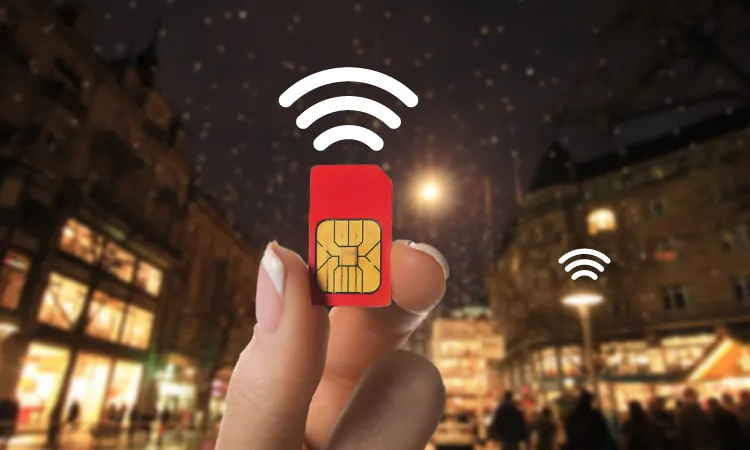SIM Card vs. SIM Chip for Street Lighting
Which is Best for Smart Cities?
The integration of advanced telecommunications technology with street lighting control systems represents a significant advancement in urban infrastructure. As we delve deeper into the realm of smart cities, the choice between using a SIM card and a SIM chip in street lighting controllers becomes increasingly pertinent. This article aims to explore this topic in detail, shedding light on the nuances of each approach to help stakeholders make informed decisions.

